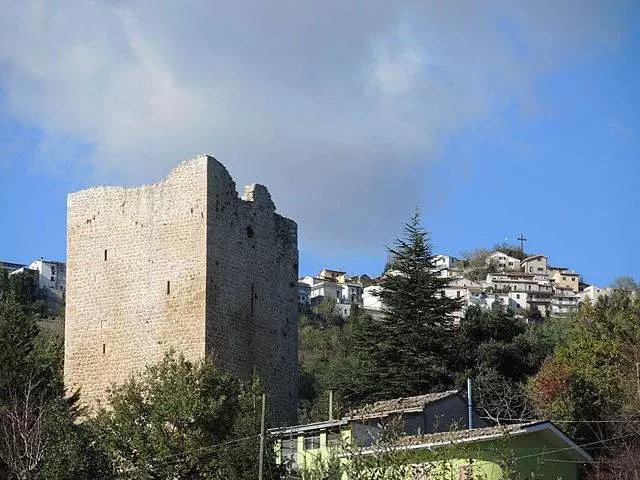Abbey of Santa Maria of Casanova

The Abbey
The historic Abbey of Santa Maria Casanova – Cistercian dating back to 1191 is located in the Casanova district, at the foot of the medieval village. It was built in the 10th century, before the great five abbeys of Abruzzo. fu It was founded in 1191 by Margherita, countess of Loreto and Conversano. Santa Maria Casanova, as narrated by the Abbot of Vestea in the book “Penne Sacra”, was for seven centuries one of the most famous and richest abbeys in Abruzzo. Its importance spread in Italy because all the other abbeys born in Abruzzo and in other regions were under Cistercian control after the decay of the Benedictine monasteries which were annexed to the Cistercians. Subsequently, in 1368, the abbey was entrusted to the Celestine monks, who in 1591 entrusted it, in turn, to Cardinal Federico Borromeo. The decline came to an end in 1807, after Giuseppe Bonaparte suppressed the religious orders thus leading to the inevitable abandonment of the building. Today it is still possible to observe the evocative remains of the defensive tower and the chapter house of the most important Cistercian church in Abruzzo. It consisted of a lookout tower with a convent, and further downstream the actual monastery, surrounded by walls. The church grew to its maximum splendor in the XIII century, until its decline in the XVIII century. At the time the convent was already damaged, and is depicted in cartoons by Edward Lear in the 19th century in his Journey to Abruzzo. Until 2009 the abbey was abandoned, because the monastery was seriously damaged by time, with only a few arches and perimeter walls, and the semi-ruined tower.
With the rediscovery of the monuments of the area, following the earthquake in L’Aquila, the abbey was restored in 2011-13, especially the best preserved portion around the tower. The tower has a square plan and is accessible. The complex can be viewed by reservation under the expert guidance of cultural operators able to show above all the Romanesque walls and arches that have survived.

